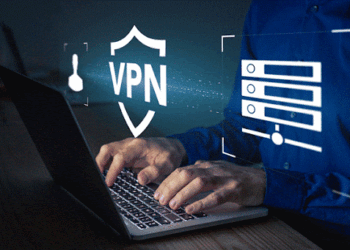n today’s hybrid work culture, remote presentations have become a standard part of professional communication. Whether you’re pitching to clients, teaching a class, or delivering a company update, your ability to engage and inform an audience through a screen is now a critical skill.
Fortunately, technology offers a wide range of tools to not only replicate but often enhance the impact of in-person presentations. Here’s how to leverage these digital solutions to make your virtual presentations clear, interactive, and memorable.
1. Choose the Right Video Conferencing Platform
The foundation of any remote presentation is a stable and reliable platform. Popular tools like Zoom, Microsoft Teams, and Google Meet provide essential features such as screen sharing, breakout rooms, and real-time chat. For webinars or large-scale presentations, tools like Webex or Hopin offer more advanced controls and attendee engagement options.
✔ Tip: Use the platform’s “record” feature to review and refine your performance later.
2. Design Visually-Engaging Slides
Remote presentations lack the physical cues of in-person interaction, which makes visual communication more important than ever. Use presentation templates that are professionally designed with hierarchy, contrast, and readability in mind. Clean layouts and high-quality visuals help keep your audience focused and reduce cognitive fatigue.
3. Use Collaborative Tools to Increase Engagement
Involve your audience actively by integrating collaborative tools such as:
- Miro or Mural for brainstorming sessions
- Slido or Mentimeter for live polls and Q&A
- Jamboard for simple interactive whiteboarding
These tools help mimic the dynamic of in-person meetings and keep your audience involved rather than passive.
Additionally, combining these tools with well-structured visuals—like those found in SmartArt PowerPoint templates—can help make processes and ideas more digestible in real time.
4. Optimize for Different Devices
Your audience may be joining from laptops, tablets, or even mobile phones. Make sure your slides are mobile-friendly:
- Use larger font sizes (minimum 24pt for body text)
- Avoid dense text blocks
- Test your deck on multiple screen sizes when possible
✔ Tip: Consider using cute slideshow templates or minimalist designs when presenting informal or creative topics—they’re especially mobile-friendly and visually appealing.
5. Invest in Audio and Lighting
Poor sound quality or dim lighting can distract from your message. Use an external microphone if possible, and position yourself in a well-lit area with a neutral background. Your delivery is just as important as your content when presenting remotely.
✔ Tip: If natural light isn’t available, consider using a simple ring light for even and flattering lighting.
6. Rehearse with Tech in Mind
Practicing your presentation isn’t just about knowing your content—it’s also about mastering the tech. Rehearse with your screen-sharing tools, test transitions, and check that videos or animations run smoothly. This reduces technical hiccups and boosts your confidence on presentation day.
♀️ Final Thought: Simplicity, Clarity, Connection
While technology plays a huge role in delivering an effective remote presentation, human connection remains at the center. Use tools to simplify your message, clarify your visuals, and create moments of interaction. The goal is to make your audience feel seen, even if you’re separated by screens.
By combining the right tools with intentional design and authentic delivery, remote presentations can be just as powerful—and sometimes more so—than those given in person.







